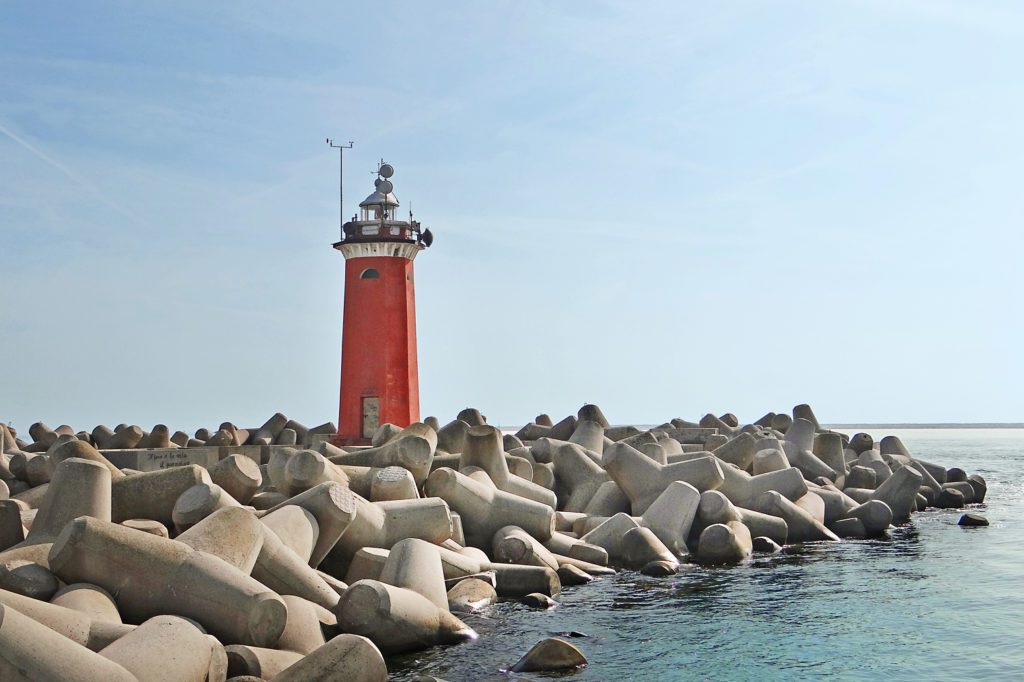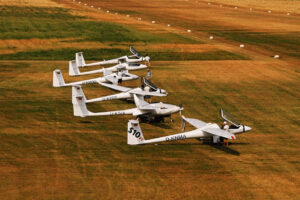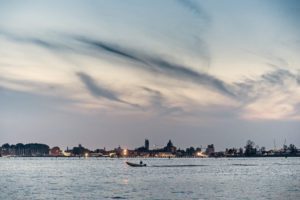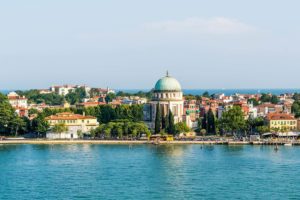Nicelli Airport

The Giovanni Nicelli airport has a fascinating history, linked not only to that of the lagoon city, but to that of Italian aviation in general.
The first flight over Venice dates back to 1911, piloted by the automotive champion Alessandro Umberto Cagno, who flew over the Basilica of San Marco for a few minutes. In 1915, however, a French squadron flew up from the main square of the Forte San Nicolò al Lido, which was converted into an improvised airfield to defend the city. Shortly afterwards, Gabriele D’Annunzio also used this area as a flight field, commanding the First Airborne Naval Torpedo Squadron from here.
At the end of the First World War, it was now clear that this camp, unique in its kind and surrounded by a sixteenth-century fort, was in a position suitable for a genuine airport.
The project was run by the engineer Renato Morandi who, in 1926, opened the airport to civil aviation: Nicelli thus became the first Italian commercial port and the most important in Italy for the whole of the 1930s, second only to Rome’s Littorio Airport. That year, the Transadriatica (later Ala Littoria and, after the Second World War, Alitalia), used this airfield to launch its Junkers 13, which flew to Vienna.
The passenger station was officially opened in 1935, considered at the time the most modern in Italy, and furnished by the works of the futurist artist Tato with paintings dedicated to aviation. The designated architect was Mario Emmer, who designed all the details, including the bar counter and the restaurant’s decorations, making it a real monument to the Thirties.
With the fall of Mussolini, the airfield was occupied by the Germans, who confiscated and destroyed much equipment, but the airport and its runway were saved by the courageous act of some employees who managed to defuse the explosive charges placed before the retreat.
Used by the British and Americans as a military communication centre until 1946, the Nicelli continued to be a stopover for scheduled flights until the 1960s, but with the opening of the Tessera airport, its functions were reduced to general aviation, as well as a skydiving school.
In 1998, an impressive restoration began, which was completed in 2007, and maintained a style that recalls the Thirties and has preserved the spaces and terraces in their original form, also thanks to the creation of replicas of Tato’s now lost works.
Today, a further development project is in progress to make the Nicelli airport a port of call dedicated to private aviation, and in 2014 it was included by the BBC among the ten most beautiful airports in the world: one more reason to visit this history-infused place during a tour of the Lido of Venice.












